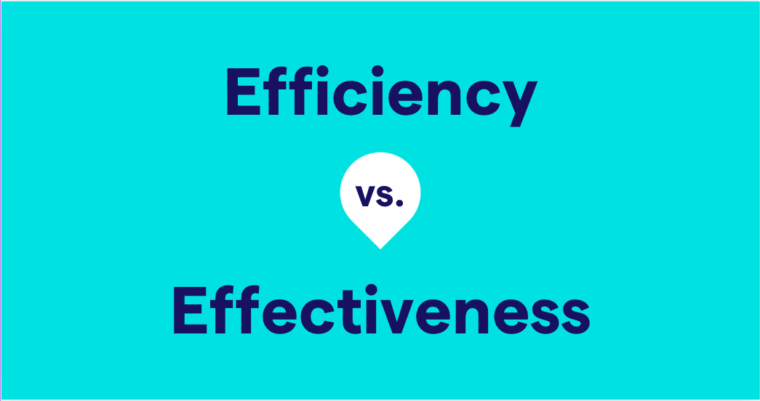In between should always appear as two words. Although inbetween is common, it is a misspelling and does not appear in any English dictionary. Unnecessarily adding in to between is also a common grammatical mistake. As a compound adjective, in-between should be hyphenated.
Between, on its own, is often the correct choice
When we speak, we often add in before between when it isn’t needed. It’s not the worst thing in the world to do, but be careful not to let it creep into your writing. Between can be used several ways as a preposition or an adverb, but the confusion of between vs. in between tends to arise when we use between as a preposition that means “in the time, space, or interval that separates.”
Because between already means “in the space that separates” in this sentence, an extra in is redundant. There is no other kind of between than the “in that space” sort; there is no on between, no at between, no through between, and so on. There is no need for a preposition in addition to between.
Here the preposition between has an object, the two nightstands, and together they form the prepositional phrase between the two nightstands. In cases when between is used as a preposition but does not have an object, it will feel more natural to use in between.
The most important thing to remember is that when used together, in between is never spelled as one word.
A phrasal verb makes neighbors of in and between as a part of a phrasal verb
When in is part of a phrasal verb—that is, idiomatically connected to a verb in an indispensable way—it might fall naturally before between even if between has an object. Two examples of phrasal verbs containing in are pull in and drop in.
In both of these sentences, in functions as part of a phrasal verb and not with the preposition between.
In-between should be hyphenated as an adjective
Occasionally, in and between join forces as a compound adjective before a noun in the sense of “intermediate,” and when they do, spell them with a hyphen for readability.
You don’t have to guess whether you’re using certain words correctly or breaking grammar rules in your writing. Just copy and paste your writing to check your grammar and get instant feedback on grammar, spelling, punctuation, and other mistakes you might have missed.





